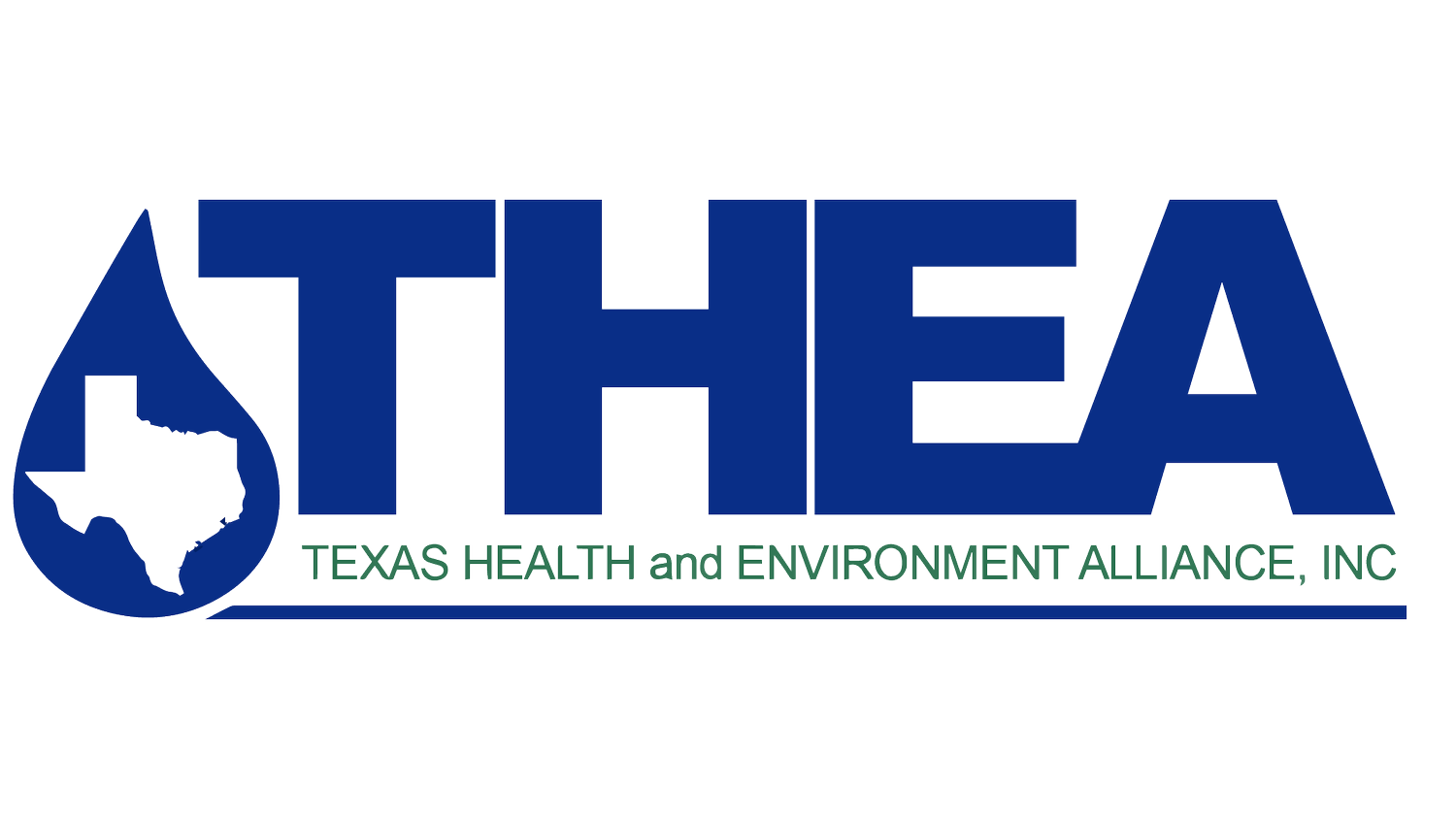The Time For Community Involvement At Jones Road Is NOW!
The EPA is launching an important step in the cleanup of the Jones Road Ground Water Plume Superfund Site, but it won’t work without help from residents.
Important Update: The EPA will hold a public meeting on:
Thursday July 17, 2025 from 6:30-8:00pm
Bleyl Middle School
10800 Mills Rd., Houston, TX
This will be the first time the EPA meets with the community to outline its latest work plan to map the size of the groundwater plume and how you can be involved in ensuring the cleanup effort succeeds.
The state caught Bell Cleaners dumping dry cleaning chemical waste behind its shop on Jones road in 2002. That means a baby born then who grew up drinking water that was potentially contaminated with those chemicals is now 25 years old. And a baby born in 2010 when the cleanup plan was approved can apply for his driving learner’s permit this year. Yet, the threat hasn’t gone away.
The EPA is still using vapor extraction equipment to keep chemicals from seeping into the air at the site of the long closed cleaners and residents living within a one mile area are still at risk of drinking well water containing tetrachloroethene (PERC), trichloroethylene (TCE), dichloroethylene (DCE) and Vinyl Chloride, all known carcinogens.
That fact is, if you live near the Jones Road site, none of that will change without your help! For several years, the EPA focused on trying to get residents to switch from well water to municipal water supplies, even paying for the hookups. That reduced the risk for some, but didn’t solve the problem.
Now, the EPA is taking a step back in the regulatory process to revisit cleanup options and identify ways to actually remove the chemicals from the aquifer and surrounding land. This summer, the agency is launching a major initiative to test local water and air, map out the location and size of the plume and determine what it takes to remove the threat.
That is a huge step. It's what members of THEA’s Cypress Community Coalition have requested for years. However, it will ONLY happen if residents actively participate and assist the EPA in gaining access to their property to monitor wells and perform sampling.
The value of community involvement in remediation projects has been proven over and over. One significant study of the Superfund process followed communities at a number of sites over an eight year period. It found that the more involved the community was in the planning and execution of the remediation at a site the more satisfied residents were with the cleanup.
Other studies have determined that public participation results in more agreement on the right solutions and, far from slowing down the decision process, it actually results in more timely cleanups.
What Can You Do?
Stay involved. Attend THEA community meetings and EPA outreach sessions. Stay up to date with our newsletter.
If the EPA asks, give them access to your property for sampling purposes.
Understand that this is important even if you think your water is not contaminated. Groundwater plumes change their shape and their directions. As experts try to map out exactly where the plume is, they need to figure out where the water doesn’t show any traces. Additionally, just because you don’t have contamination problems now, you might have them in the future. It’s even possible that your well water was contaminated in the past and is outside the plume now.
Let us know if you have questions about the EPA’s work or are unhappy with any of the outreach efforts. Part of our role in the community is to make sure local questions get answered and to inform the EPA of any ways it can do a better job.
